Two Point Museum on PC
Two Point Studios and SEGA have been steadily building out a management simulation universe for nearly a decade, starting with Two Point Hospital (2018), following that up with Two Point Campus (2022), and preparing for the launch of Two Point Museum now. It wouldn’t be a stretch to see this new game that builds on the merits of the previous titles and polishes off the rough edges, and for the most part, Two Point Museum comes close to a pristine exhibition of the studio’s experience.
Shifting the focus to the hallowed halls of history, would-be curators will now need to focus primarily on unearthing exhibits, educating guests, and keeping people generally happy about buying tickets to take a trip through time. This being a Two Point game, there is an entertaining mixture of fact and fiction, all packaged in its unmistakable cartoony style that allows for often hilarious interactions.
Essentially, you are tasked to manage your museum, taking care of both visitors and staff, and putting together exhibits that generate buzz and impart knowledge. On the other hand, players must always be ready to head out on expeditions to obtain these precious items in the first place. Nothing ever runs smoothly in Two Point County, so maintenance and security are of utmost importance, as are having the right skills to handle surprise scenarios while out exploring the world in Two Point Museum.
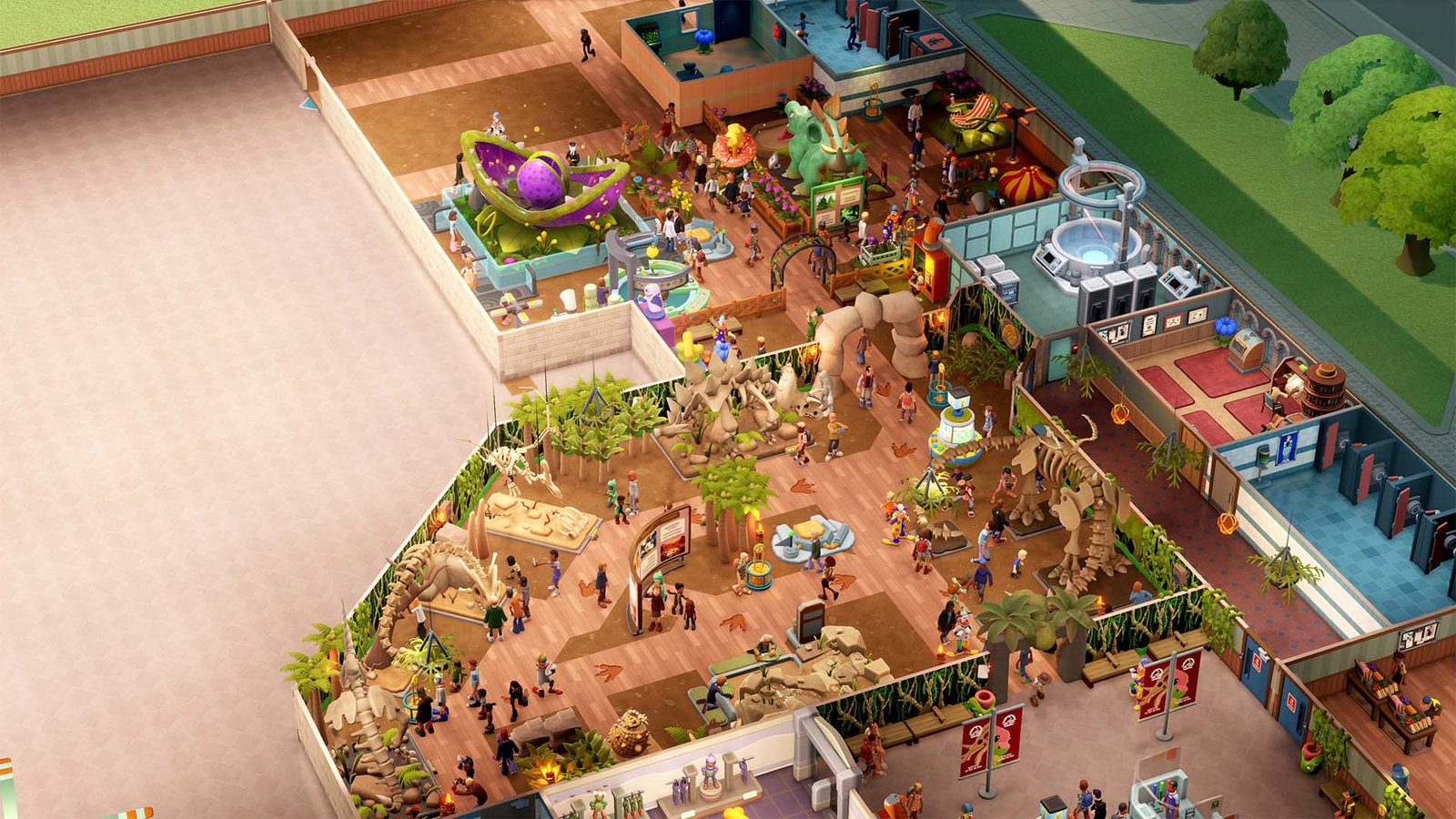
The museum action unfolds across five distinct themes, bringing different mechanics to the proceedings. Memento Mile is your more straightforward location, all about preserved history and the prehistoric. Jump over to Passwater Cove, and marine life becomes your focus, with a lost civilisation thrown in for good measure. Then there are the paranormal Netherworld artefacts awaiting in the Wailon Lodge, the botanical experiments in Bungle Wasteland, and my personal favourite, Pebberly Heights, with all its alien encounters.
The standard needs and wants apply here, with hunger, thirst, and energy replenished with a healthy smattering of food and beverage options and smartly placed benches. Having strategically placed toilets and gift shops will also do wonders for the museum experience, but the main attraction remains your exhibits.
It is not enough just to plonk a prehistoric diskette on the floor and call it a day when it comes to generating buzz for visitors. There are decorations to add, perks to install, pathing to consider, and various themes that require all sorts of combinations to play off each other to generate bonus buffs. Even tours must be thematically coherent if you want raving reviews at the end of the door. It all works off what your guests want and like, and the 18 types all have peculiarities that can be fulfilled or ignored at your discretion. By creating an exciting time, you will reap the benefits of increased donations, which is the main avenue to keep everything afloat.
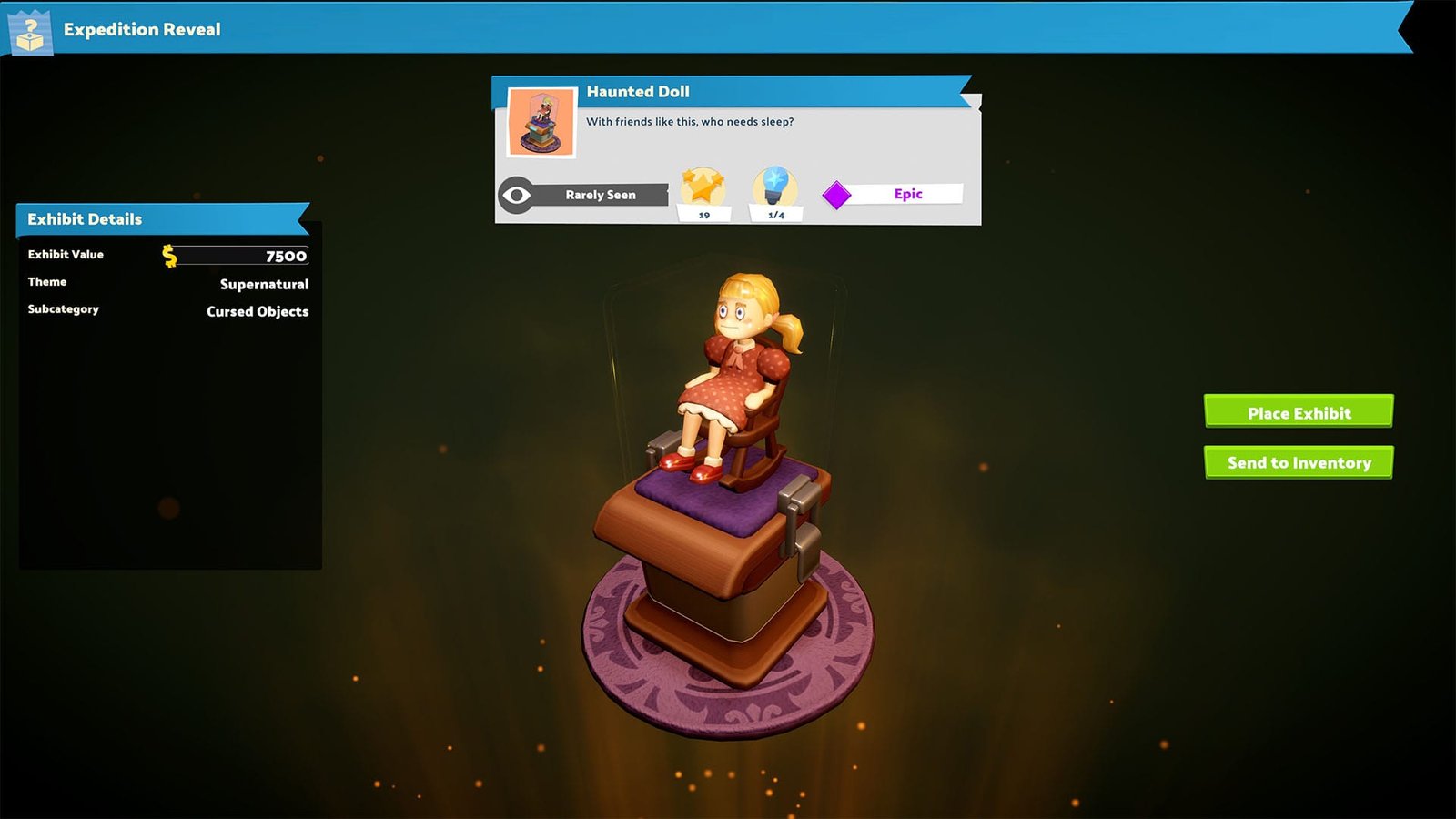
The best way players can expand their offerings, outside of creating interactive displays, is by going on expeditions, with five distinct regions offering a selection of points of interest (PoIs) worth checking out. Each location is home to a set number of possible finds and can have unusual modifiers that you must account for beyond the staffing needs.
It could be dangerous situations that can cause injuries or delay the expedition, or there can be good endings that increase the rank of your finds. No matter what, you must decide who to send to where, and how long they will be gone. The last option will determine your monetary and time costs, as well as the survey level, which plays into the quality of relics and artefacts that can be found in Two Point Museum.
A newly unlocked point of interest will only yield a decent quality find, but with repeated visits and better skills, you can slowly increase the probability for a pristine find. Such rewards are the peak of generating buzz, and that constant chase for a pristine discovery has become a recurring, beautiful nightmare.
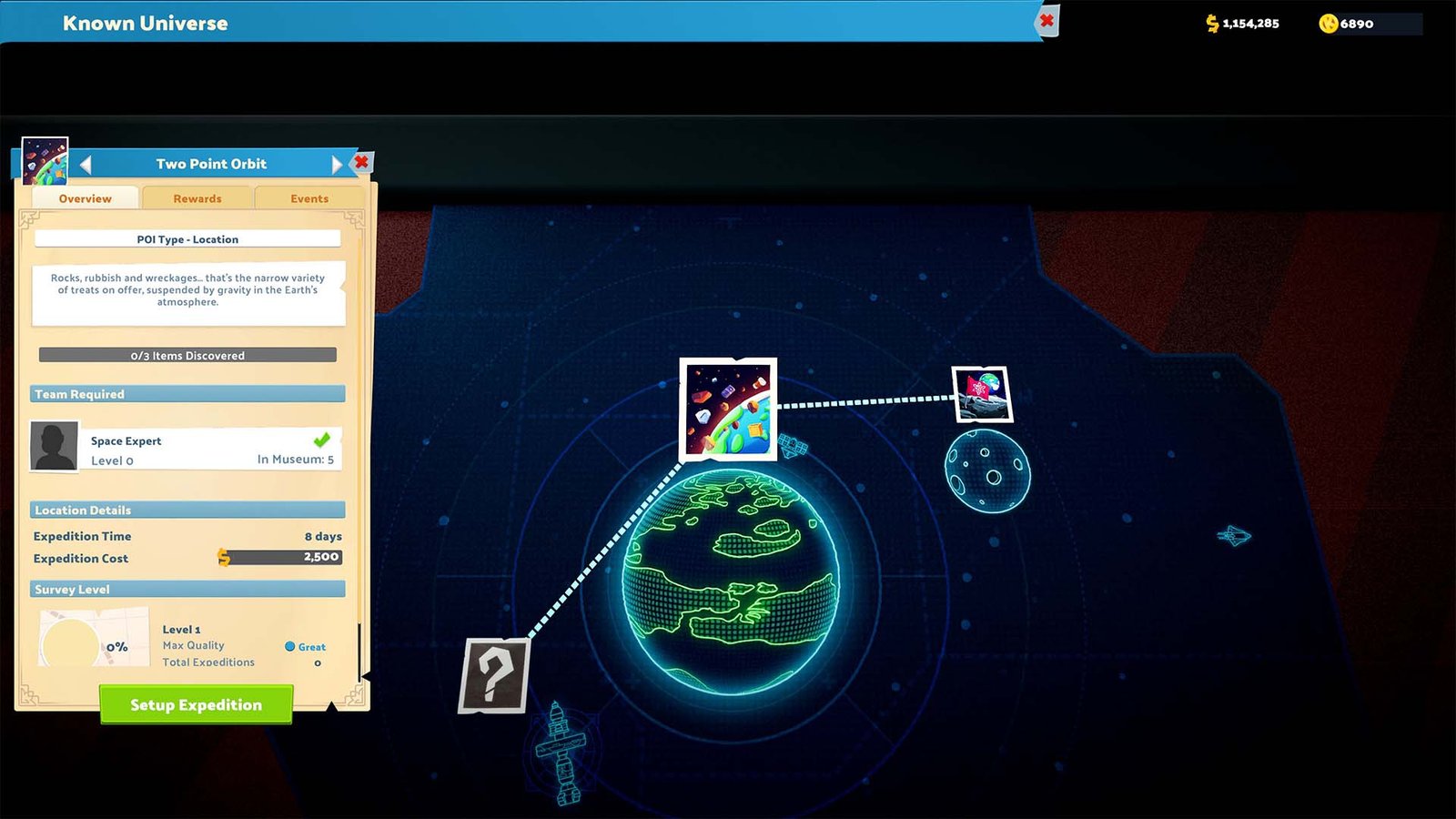
That’s not to say the lesser quality finds are useless. They definitely play their part in building up the museum’s hype in the interim, but their real value lies elsewhere. You could sell them off in a pinch, but throwing them into analysis increases your knowledge of them, leading to better education for your guests and progression in unlocking themed decorations. That is the key to pushing specific exhibits’ decoration rating to the max.
Although it may vary for every player, this aforementioned beautiful nightmare saw expeditions become a methodical process that took the surprise and fun out of the experience. It became routine to send my experts with Surveying skills on the most prolonged expeditions to max out the survey level of a PoI, not caring much about what was yielded in the beginning. Once the pristine threshold was hit, the process evolved into repeated, speedy expeditions to discover the top-quality artefacts and sending the rest into analysis or selling for profit.
It is most definitely an issue of my own making, given that I refuse to display anything subpar if I had the choice, but it did lower my satisfaction when finding a rare exhibit the longer the game went on. The mileage will differ for everyone, but it is a situation that can develop, especially for players geared towards optimisation.

That said, none of this can happen without a robust team supporting all of this, and staffing in Two Point Museum is also a potential pitfall. Depending on the museum’s needs, you will require experts knowledgeable in their field, assistants to man ticket booths and shops, janitors to clean up the messes and deal with repairs and projects, and security to collect donations and deter criminal activity.
While security personnel generally tend to be fine on their own, the other three seem much more needy and less efficient at their job. Ticket booths and shops can often go unmanned, messes uncleared, and exhibits get too grubby from itchy hands, and while you can always hire more to overcompensate, it has an adverse impact on running the place sustainably.
For a start, wages will be your biggest enemy when it comes to making a profit. With staff’s happiness usually contingent on getting more pay once you have satisfied the standard needs, this problem can be hard to ignore if your donations are not growing. It becomes a chicken-and-egg situation, where investing in staff is the best way to run the museum and go on expeditions. Unfortunately, that also comes with the risk of constant losses until you beef up your displays, so it almost seems like you must build a nest egg before proceeding.
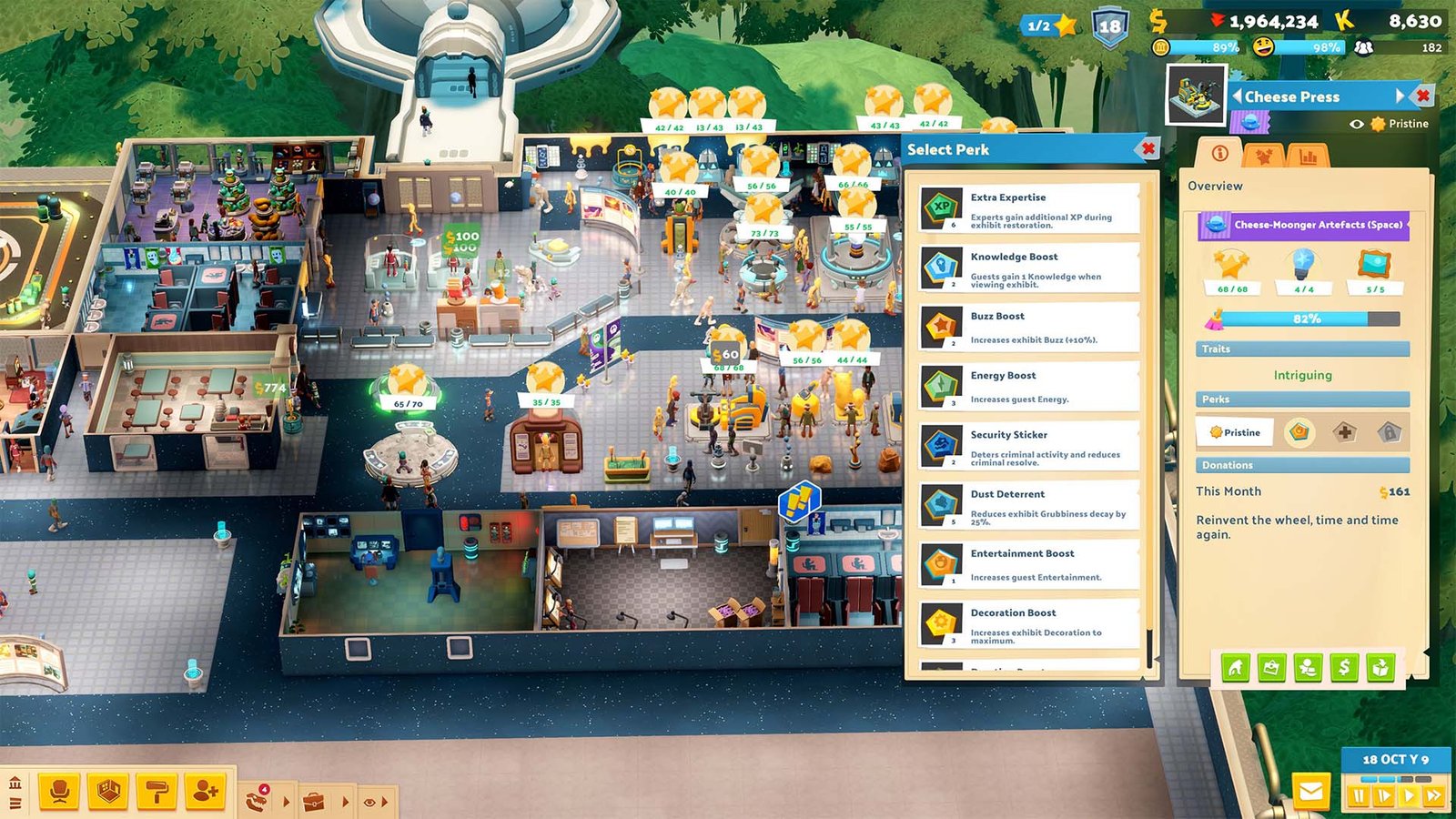
This can impede that sense of progression that Two Point Museum does so well otherwise. Going from museum to museum, enjoying the new mechanics, getting better and finding new ways to solve old problems, that evolution is utterly enjoyable and satisfying, but there can be too much waiting in between to keep that momentum going. It is hard to run the perfect museum, but you should never tire of wanting to try, and that can be a little tricky here.
In a sense, the biggest problem with the game is the balance, which can always be tweaked and fixed as more players get into the weeds of the simulation. However, some standout aspects of the game just showcase the quality of Two Point Studios.
The five museums players will work on are more than just visual repackages; there are actual game mechanics that change from one to the other. It is one thing to take care of aquariums and deal with sea people; it is another to placate spirits and deal with cursed objects. The ever-changing demands are great tests of a curator’s ability to stay on their toes and keep you engaged when interacting with the world and the people that come by. It isn’t that hard to grasp the basics, but truly mastering a museum and its location is a gratifying journey.
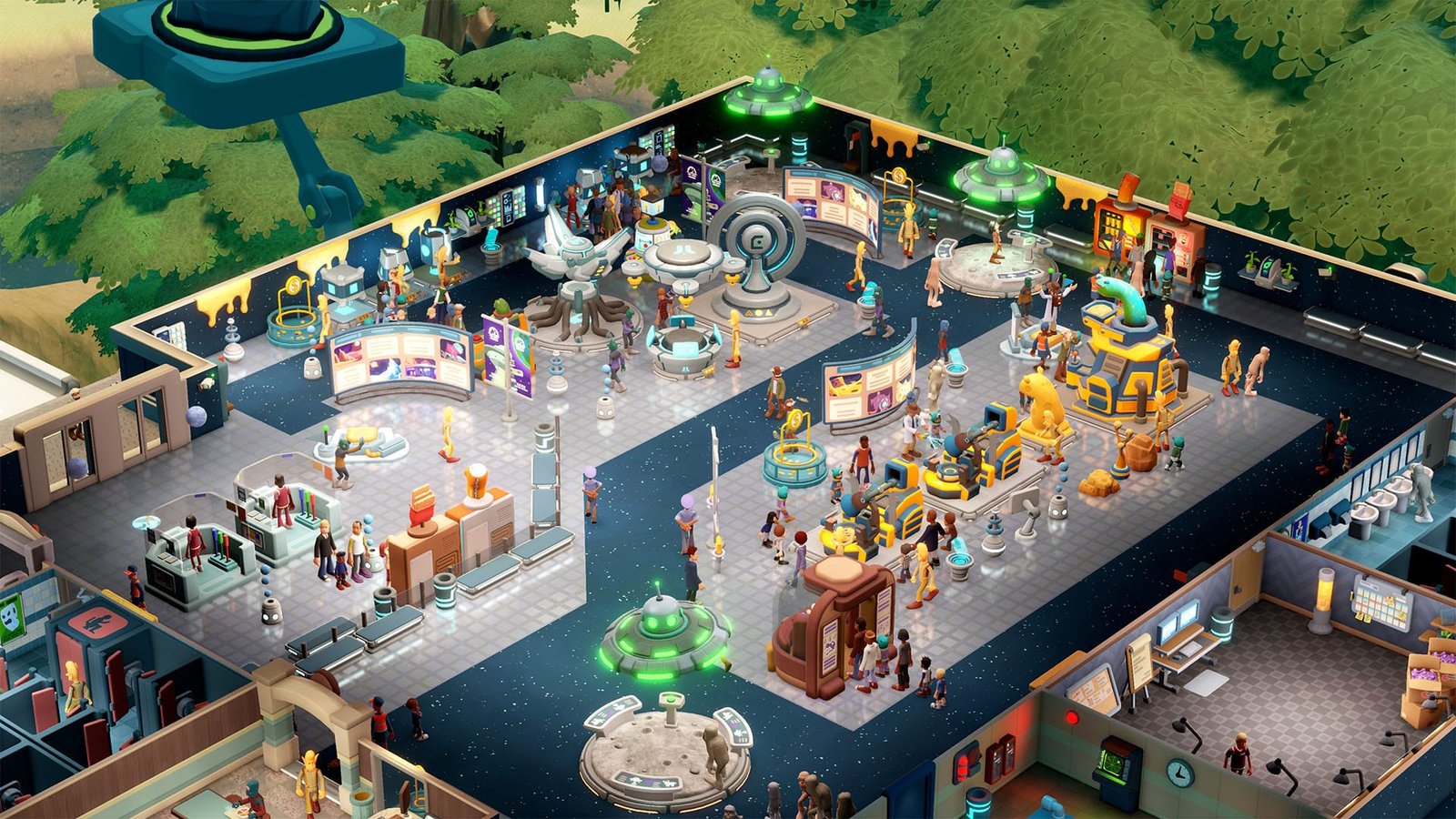
Putting your stamp on things is also highly emphasised in Two Point Museum, with over 300 decorative items that can create an unforgettable night at the museum for your guests. This applies to floor tiles, walls, uniforms, outdoor areas, and even staff uniforms. It is up to you how you want to carve up a building in terms of themed areas, amenities, and affect the flow, giving you another way to create efficiency for both guests and staff.
Then, there is that unmistakable humour that permeates throughout the entire curating experience. The writing has improved from previous outings, and jokes and puns continue to land whether I was in the first hour or 30 hours deep. Seeing overly excited guests fawn over my exhibits is a rush, as are the clever ways criminals attempt heists. A toilet can never be looked at the same way, and the subsequent nabbing of these evildoers helps validate your decision to have cameras and security chairs everywhere.
In many ways, Two Point Museum is similar to the voyage of a museum visitor in Two Point County. There are new and amazing things to marvel at, familiar sights that are comforting, and the odd discovery here and there that might bring the mood down. But at the end of the day, you are getting a well-put-together management simulation experience that is worth the price of entry, even if you won’t like everything on show.
Two Point Museum will launch on PC, PlayStation 5, and Xbox Series X|S this March 5, with early access available via the Explorer Edition.
SavePoint Score
Summary
A worthwhile ticket into management simulation, Two Point Museum has much to offer fans and newcomers, even if there are still areas in need of further construction.

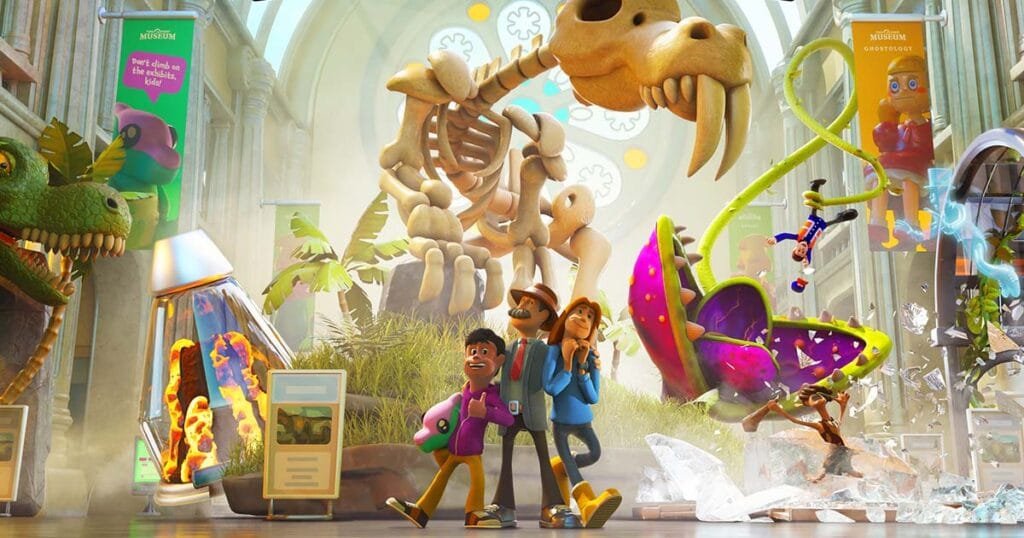
Pingback: The Fool’s Apprentice Review – Magical Mishaps | SavePoint Gaming